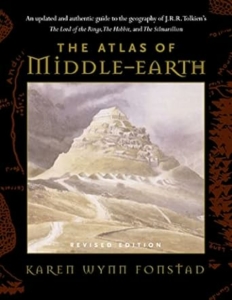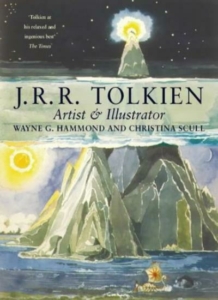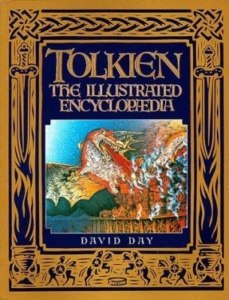Fable by Adrienne Young
This book is for any reader that has pretended to be a diver, diving deep into the ocean on the search for treasure, while in actuality diving in a swimming pool. Or for any reader that has pondered how enticing it would be, really, to say no thank you to current life and become a pirate, instead. If you’d rather not get water up your nose or say goodbye to stable income, Fable by Adrienne Young can provide similar high seas adventures from the comfort of your reading chair. Throw in a really cool protagonist, some slow burn romance, seafaring politics with a little bit of mystery, a ship crew that might have you thinking “squad goals”, and some child abandonment, and you have a favorite young adult novel of mine. The first in a nautical fantasy duology, Fable follows seventeen-year-old main character Fable as she navigates the unforgiving world of the Narrows, a collection of islands in the Unnamed Sea, after life has dealt her an unfair hand.
Fable, at first introduction, seems unshakable. She lives a hard life on the port island of Jeval, known for its thieves and lack of resources, where she survives alone as the most skilled dredger on the island; in other words, she makes dives into the ocean in search of gems and anything else of value lodged in the coral surrounding the island. Unlike other dredgers, Fable has a secret she keeps: the gems sing to her. She can identify every gem she comes across, and can sense them when they are nearby, a dangerous ability in a world propelled by greed and survival. Fable learned these skills from her mother, who taught her the ways of being a gem sage.
It doesn’t take long to learn that being unshakable is surface level; Fable is in survival mode. Fable grew up on the seas with her mother and father, Saint, on Saint’s ship until one night when Fable was thirteen the ship tragically sank, taking the life of her mother with it. Instead of doing, you know, something normal like caring for his grieving daughter, Saint instead abandons Fable on Jeval the following day with nothing to her name and no promise of return, telling Fable that if she gets herself off the island, he will give her everything she is due as his heir. That was four years ago. Now, Fable dredges to survive, selling what she dredges to the same trader that always comes to port, West, until she has enough coin to get off the island.
Fable’s environment on the island becomes increasingly dangerous, eventually forcing her to barter for passage on West’s ship. Thus ensues seafaring adventures as Fable aims to complete her only goal: make it back to Saint and claim what is hers. Yet Fable must be careful, as her father isn’t just anyone, but the most successful trader in the Narrows with a large trading business, and should anyone discover who she is to him, it means certain death. And of course, the trip back to him is not easy, danger lurking at every turn. West’s crew is a tight knit, small group with secrets of their own, and Fable knows she shouldn’t trust them. But the more time they spend together, the more Fable thinks they might be what she truly needs: a family and people to call her own. Fable is smart and has clearly grown up learning how to navigate the harsh reality the dangerous world of the Narrows presents, and with everything seeming to work against her, can she persevere to find ultimate happiness and security?
This is a book I’ve reread several times and always enjoy. While there are plot points that don’t truly make sense to me (like, what father dumps his pretty teenage daughter on a dangerous island because he is “scared for her safety”, and how, exactly does a crew of teenagers seem to defeat every obstacle a very hard world throws at them) I nonetheless find myself loving this book. It’s an easy, accessible read, with enough plot turns and excitement to keep me hooked. The descriptions, especially the underwater scenes, are beautiful. Adrienne Young brings the setting of the Narrows to life, which I always picture to be something like Pirates of the Caribbean. Fable is an easy book to dive into and devour, the combination of the plot, setting, and characters never disappoints me, and I enjoy it every time I pick it up and sail the Unnamed Sea.
Review by Sarah Turner-Hill, Adult Programming Coordinator




